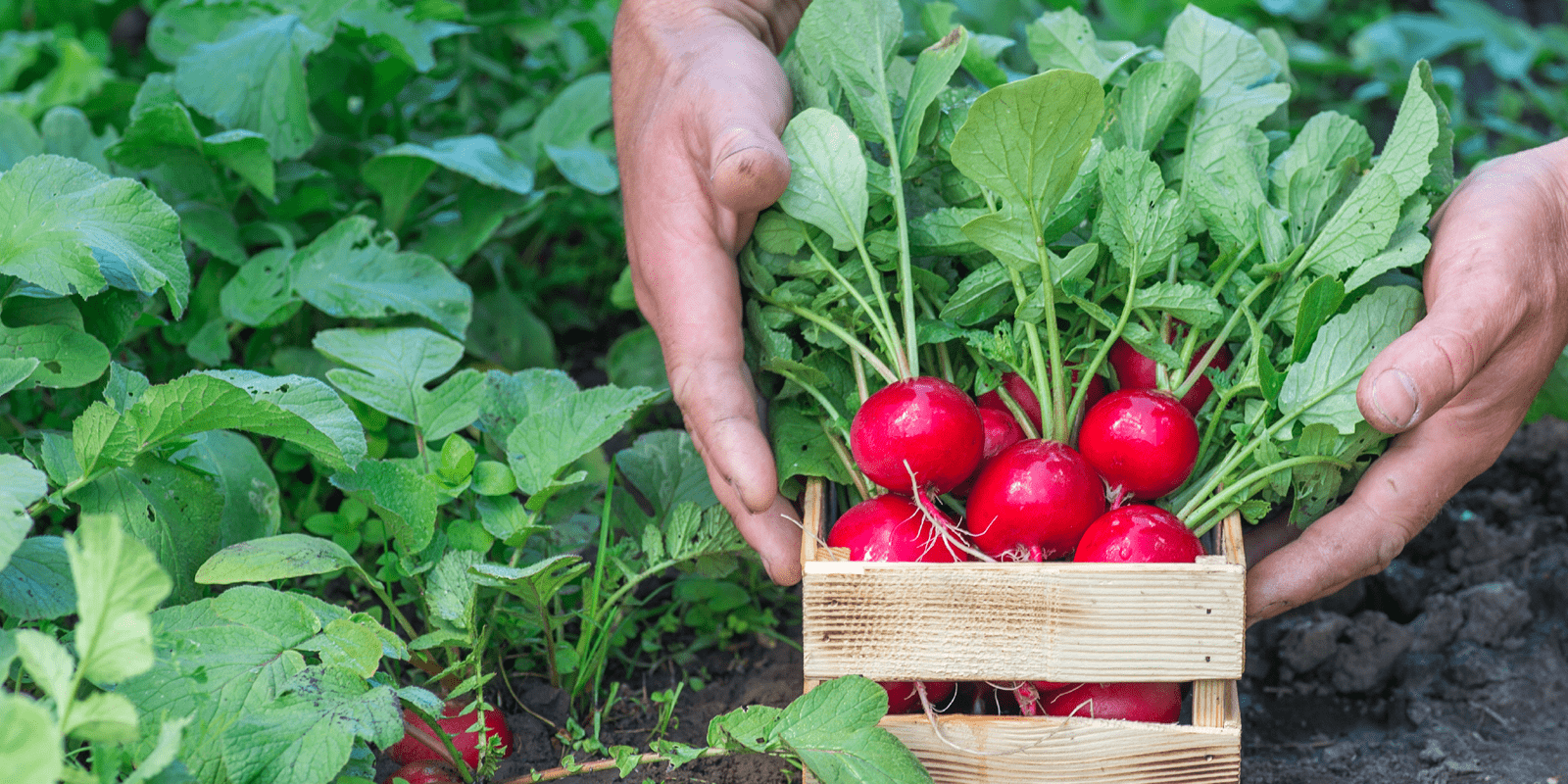Adequate nutrition during the first thousand days of life has a strong impact on the long-term physical and mental development of a child. Although India has made significant strides in battling undernutrition over the past two decades, about 30% children under the age of five still suffer from stunted growth and almost 20% women are undernourished as per the recent National Family and Health survey (NFHS-5, 2019-21).
The government supplementary nutrition programs can be a tool to address this situation.
In the picturesque landscapes of Srikakulam, Andhra Pradesh, the provision of take-home-ration and hot-cooked-meals as a part of the Integrated Child Development Services (ICDS)1, a Government of India initiative, is a vital support system for vulnerable populations, especially pregnant and lactating women and young children. Delivered through Anganwadi Centres, this supplementary nutrition program is pivotal in ensuring the community’s nutritional well-being and an important step in countering undernutrition among vulnerable populations in India.
Under the ICDS scheme, the ration provided to pregnant and lactating women consists of eggs, rice, dal, and oil. Children benefit from Balamrutham (a ready to cook cereal-pulse premix) and eggs given as take-home-ration and hot-cooked-meal (cereal-pulse combination with vegetables). Apart from this, beneficiaries in Andhra Pradesh also receive additional commodities in the form of YSR kit (special kit named after the former chief minister Yeduguri Sandinti Rajasekhara) which includes ragi, rice flakes, jaggery, dates, groundnut chikki, and milk for pregnant women and children exclusively from the state government.
Despite these efforts, critical gaps persist in utilization of this important supplementary nutrition program. Understanding these gaps can help us leverage potential opportunities for improving the system and increasing its uptake in the community. There is also evidence to suggest that food systems can negatively impact the environment health due to factors like greenhouse gas emissions across the long supply chains, food wastage and agricultural land use (See this, this and this).
Being a large-scale program, integral to the food system in India, tweaking the ICDS scheme can also serve as a potential medium for addressing environmental impact of food systems. This can be achieved by promoting sustainable agricultural practices, reducing food waste, and lowering greenhouse gas emissions across its supply chain.
Here, we explore ways to enhance the nutrition quality of supplementary foods not only for better food security and diet quality but also keeping in mind cultural acceptability while being conscious of positive environmental outcomes. These potential solutions have been conceptualized based on interviews and discussions with the local community members such as community leaders, mothers of young children and key people involved in the program like the ICDS Anganwadi supervisor, Anganwadi workers, and Panchayati Raj Institution members.
I Local sourcing of food items
- Procurement from community: Embracing the rich agricultural diversity of Srikakulam, the take-home-ration and hot-cooked-meals can include traditional grains, millets, pulses, and fresh, seasonal and locally grown vegetables. This will also improve the nutritional diversity of the meals while providing an opportunity to source food items locally. In turn, local farmers and local economy could be benefited and this will promote a local food system which is adapted to the local environment.
- Promoting institutional and community kitchen gardens: ICDS Anganwadi menu includes vegetables, however with the limited funding, market price fluctuations, quality concerns or other factors can restrict the availability and variety of vegetables provided. In this context, promoting institutional and community kitchen gardens becomes an important supplementary strategy. These gardens can serve as a vital resource to enhance the dietary diversity of the meals provided at Anganwadi centers. Encouraging Anganwadi workers to establish kitchen gardens with the support of the community can help bridge the gap between the intended menu and the practical constraints. Local Non-Governmental Organizations and similar groups can play a crucial role by providing seeds and basic training on establishing and managing kitchen gardens. Anganwadi workers showed motivation towards establishing kitchen gardens in their area. One Anganwadi supervisor highlighted this by saying “When we go to markets, we get vegetables with chemicals and pesticides. Most people here are farmers, we can grow vegetables here in the Anganwadi centre by organic farming.” Communities should also be encouraged to grow their own supplementary fruits and vegetables in kitchen gardens. This will contribute to dietary diversity and promote a sense of self-sufficiency while protecting the environment.
II Community-informed menu planning and recipe development
India is a diverse country with every region having distinct food preferences and practices. There can’t be one-size-fits-all solution. Engaging with the local community can bring out solutions focused on cultural acceptability which can ensure their appropriateness, feasibility and long-term sustainability. For instance, by integrating ideas from community, the menu of the hot-cooked-meals can be made more palatable to the local taste. An Anganwadi worker shared her experience of how she ensures that her community can utilize THR foods to cook their local favourites, “We conduct nutrition education sessions every month and give suggestions on how the ration items be transformed into interesting recipes like ragi dosa, biscuits from Balamruthum (ready-to-eat infant pre-mix)” says an Anganwadi worker. This is a fascinating example showcasing how a frontline worker, deeply rooted in her community, leverages her training and local, indigenous expertise.
III Reducing environmental impact
The environmental impact of supplementary feeding programs is a crucial consideration. Eco-friendly options across the food supply chain of supplementary feeding programs include use of electric vehicles for transportation of food stock, reducing travel distance for food supply by local procurement, and usage of environment friendly cooking fuel. Additionally, it is important to practice proper and sustainable food waste disposal to reduce negative environmental consequences.
An integrated bottom-up approach where interventions are designed together with the community can be key to transforming the take-home ration and hot-cooked-meals supplied through ICDS. By working with the community in Srikakulam, we are taking a step in a journey towards a healthier, more diverse, and environment friendly food system.
——————————————————————
This blog has been authored by Sahiba Kohli, Vidisha Sharma and Ayushi Dhasmana from the food systems team.
About the co-authors:
Dr. Sahiba Kohli- Sahiba is a Public Health Nutrition Researcher with over a decade of experience covering a wide range of thematic areas, including food systems, nutrition security, infant and young child feeding (IYCF), maternal nutrition, community health workers competency and performance, national health and nutrition initiatives, and health systems research. Dr. Kohli is a Research Fellow and New Research Leader at the NIHR Global Health Research Centre for Non-Communicable Diseases and Environmental Change, working on developing, evaluating, and implementing bottom-up, sustainable food systems interventions.
Dr. Vidisha Sharma- Vidisha is a nutrition researcher with nearly a decade-long career spanning work with government food programs, food systems, clinical nutrition, dietetics, technology-assisted diet assessment, and nutrition security. As a Research Fellow at the George Institute for Global Health and a member of NIHR Global Health Research Centre for Non-communicable Diseases and Environmental Change, Dr. Sharma aims to co-develop and assess sustainable food systems interventions that focus on improving nutrition security, dietary diversity, and the reduction of NCD risk associated with diet.
Ayushi Dhasmana- Ayushi is a public health nutrition researcher with a Master’s degree in Food and Nutrition. She is currently pursuing her PhD at the University of Delhi, in collaboration with the George Institute for Global Health, India. Her research focusses on assessing food systems, especially public food programs, with the goal of increasing their efficacy for better nutritional outcomes for marginalised people and environmental co-benefits.
This research was funded by the NIHR (Global Health Research Centre for Non-communicable Diseases and Environmental Change) using UK international development funding from the UK Government to support global health research. The views expressed in this publication are those of the author(s) and not necessarily those of the NIHR or the UK government.
Note: The blog was edited slightly on 5 June, 1:15 pm for clarity and brevity






